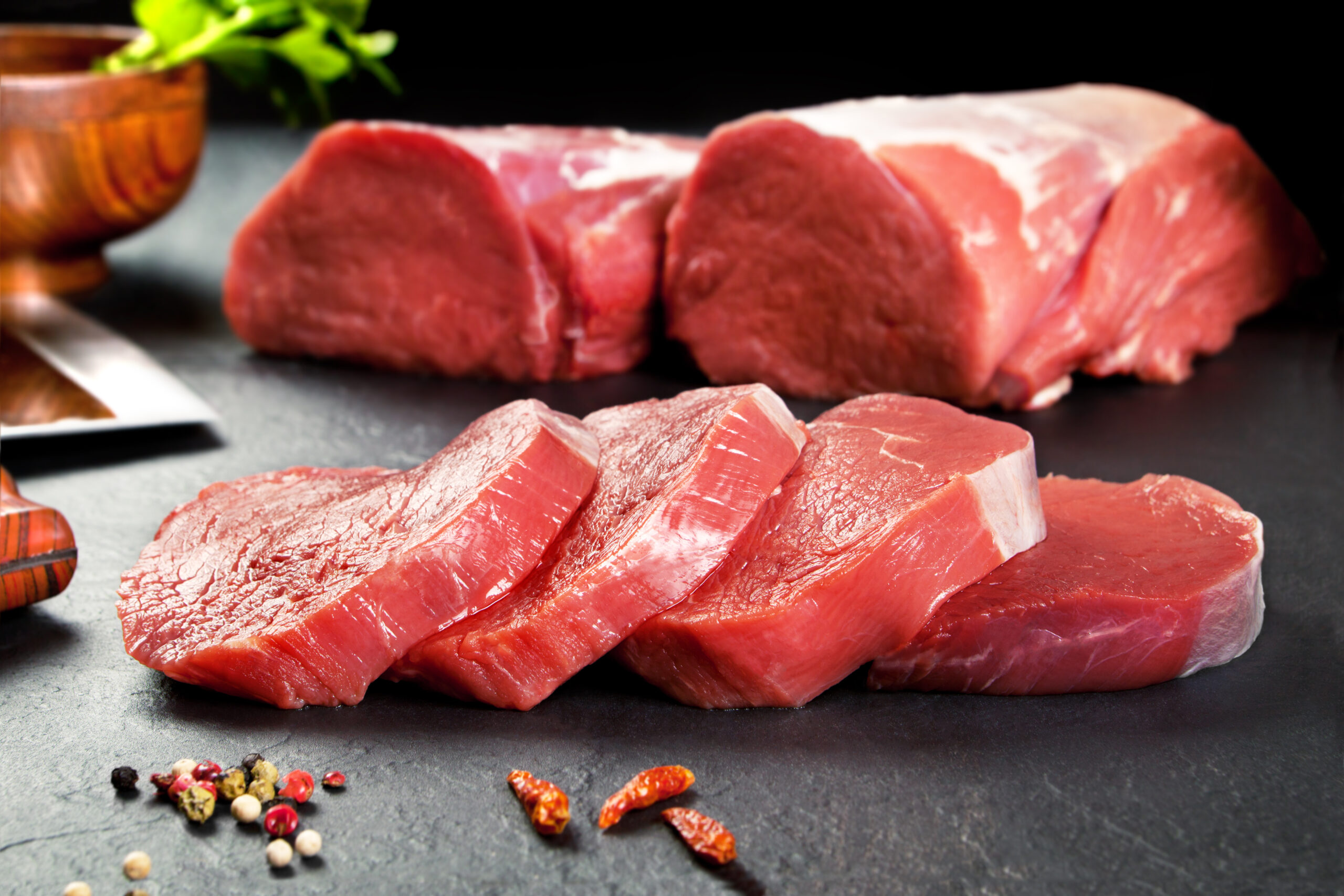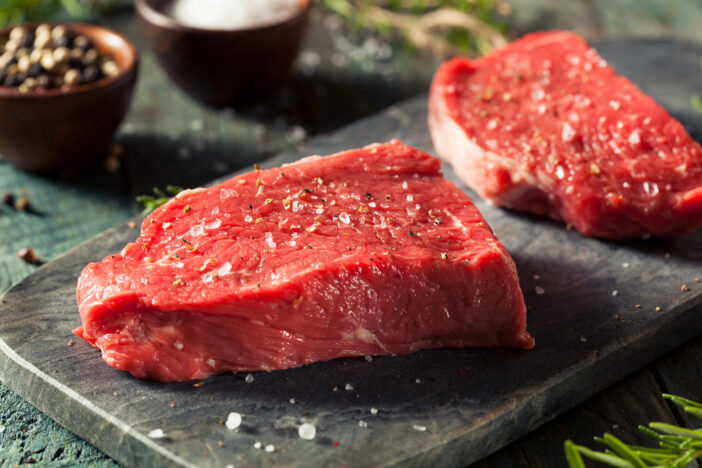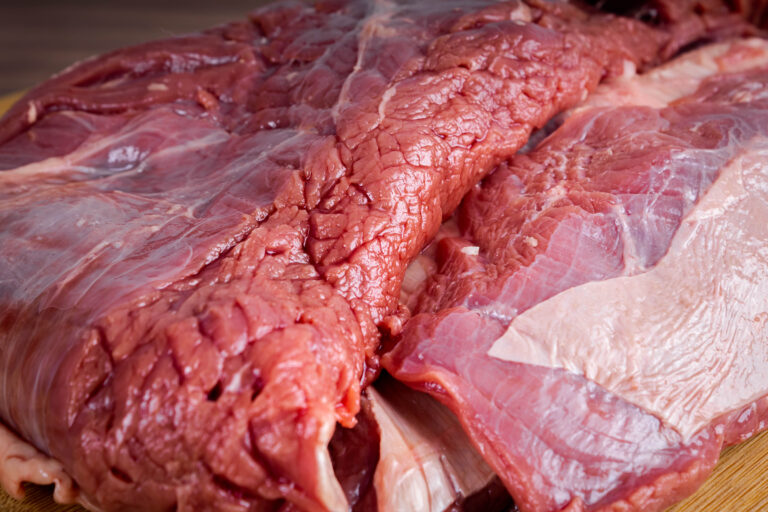5 Differences Between Tenderloin vs Sirloin to Enhance Your Steak Experience
Comparing tenderloin and sirloin: tenderloin offers melt-in-your-mouth tenderness, while sirloin provides a satisfying chew and rich flavors. Master best cooking techniques for both cuts to elevate your dining experience.

Navigating the world of steak can be a culinary adventure, especially when deciding between tenderloin and sirloin. Each cut offers its own unique flavors and textures, and mastering the best cooking techniques for both can elevate your home dining experience to restaurant quality.
Disclosure: As an Amazon Associate, this site earns from qualifying purchases. Thank you!
The Battle of Flavors: Sirloin and Tenderloin Compared

Diving into the world of steak, you’ll find that sirloin and tenderloin stand out, each offering unique flavors and textures. Understanding these differences can guide you to pick the perfect cut for your next meal, turning a simple dinner into a culinary event.
Texture and Tenderness
Tenderloin is the pinnacle of tenderness, with its low connective tissue content making it soft and melt-in-your-mouth. It provides a luxurious eating experience that’s hard to match. Sirloin, on the other hand, has a firmer texture and a bit of chew, packing each bite with deep, concentrated flavors. Its slight chewiness gives it more character, making each mouthful a flavorful journey.
Fat Content and Marbling
Tenderloin is very lean with minimal marbling, contributing to its tender texture but milder flavor. It’s perfect for those watching their fat intake or preferring a subtler taste, often enhanced with butter or sauces. Sirloin boasts higher marbling and fat content, resulting in a bold, beefy flavor. The fat renders down during cooking, creating a juicier, more flavorful bite.
Choosing between sirloin and tenderloin depends on personal preference. Tenderloin offers melt-in-your-mouth tenderness, while sirloin provides a satisfying chew and rich flavors. Both cuts promise distinct and delightful dining experiences.
Best Cooking Techniques for Tenderloin
When it comes to cooking tenderloin, choosing the right technique is crucial for locking in its natural tenderness and flavor. Here, you’ll discover the top methods to turn this luxe cut into a dining experience that’s nothing short of perfection.
Pan-Searing to Perfection
Heat olive oil in a skillet over medium-high heat until shimmering. Season tenderloin steaks with salt and pepper, and place them in the skillet with space between each piece. Cook for 4-5 minutes on each side for medium-rare, developing a rich, golden crust. Let the steaks rest for a few minutes after searing for a juicy result.
Roasting for a Juicy Center
Preheat the oven to 425°F (218°C). Sear the tenderloin on all sides in a hot skillet to create a flavorful crust. Transfer to the oven and use a meat thermometer to monitor the internal temperature, aiming for 135°F (57°C) for medium-rare. The meat will continue to cook slightly while resting, ensuring a perfectly juicy center.
Sous Vide for Ultimate Tenderness
Vacuum-seal the tenderloin and cook it in a water bath at 130°F (54°C) for 1 to 4 hours. This method ensures even cooking and enhances the tenderloin’s buttery texture. Finish by quickly searing the meat for a subtly crisp exterior and an impeccably tender interior.
Optimal Cooking Methods for Sirloin

After exploring the tenderloin’s luxurious cooking techniques, let’s turn our attention to sirloin. This lean yet tender cut offers a unique flavor profile, deserving of cooking methods that highlight its best qualities. Here’s how to make the most of your sirloin steak.
Grilling for a Smoky Flavor
Grilling is your go-to method for injecting a rich, smoky flavor into sirloin steaks. Preheat your grill to medium-high heat to ensure a perfect sear without overcooking. Season your steaks generously, then grill for around 4-6 minutes per side for a medium-rare finish. This method is foolproof for a delicious char and a tender interior.
Pan-Frying for a Crusty Exterior
For those craving a crusty exterior, pan-frying sirloin in a cast-iron skillet is your best bet. Heat the skillet over a medium-high flame before adding a splash of oil. When hot, lay in your sirloin steaks, searing each side for 3-5 minutes until a golden-brown crust forms. This method ensures a flavorful crust with a succulent center.
Broiling for a Quick Cook
If you’re pressed for time, broiling sirloin steaks can be incredibly efficient. Preheat your broiler and place your seasoned steaks on a broiler pan. Broil for about 4-6 minutes per side, adjusting based on thickness and your desired level of doneness. This method is excellent for a quick, flavorful meal without compromising on taste or texture.
Marinating and Seasoning Tips for Steak
Getting the flavor profile just right can elevate your steak from good to unforgettable. Here, you’ll find insider tips on marinating and seasoning for both tenderloin and sirloin steaks, ensuring every bite is a delight.
Enhancing Tenderloin Flavors
With tenderloin’s subtler flavor, the aim is to enhance, not overshadow. Begin with a simple salt and pepper rub, allowing the steak to sit with this seasoning for at least 45 minutes before cooking. This not only seasons the meat but also helps to create a perfect sear.
For a more decadent approach, consider a delicate marinade. Mix olive oil, minced garlic, rosemary, and thyme, and let your tenderloin bathe in this mixture for a few hours. Avoid acidic ingredients like vinegar or lemon juice, which can toughen the meat’s fibers. Instead, focus on enhancing the tenderloin’s natural flavors with these aromatic herbs.
Boosting Sirloin’s Taste
Sirloin, with its bolder flavor, stands up well to more robust seasoning and marinades. A simple yet effective approach is to generously season with coarse salt and freshly ground black pepper, which complements its beefy undertones.
For a deeper flavor, prepare a marinade that combines elements like soy sauce, Worcestershire sauce, minced garlic, and a touch of brown sugar or honey. This not only tenderizes the sirloin but also infuses it with savory, sweet, and umami notes that elevate the eating experience. Let the steak marinate for at least 4 hours, or overnight for best results.
When it comes to sirloin, don’t shy away from creative seasoning blends. Coffee grounds or smoked paprika can add a unique depth that matches the steak’s hearty nature. Remember, the goal is to complement the meat’s flavor, so feel free to experiment until you find your perfect match.






